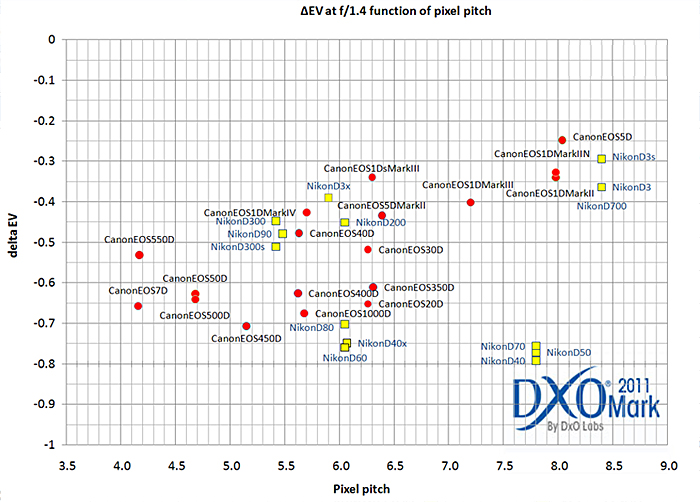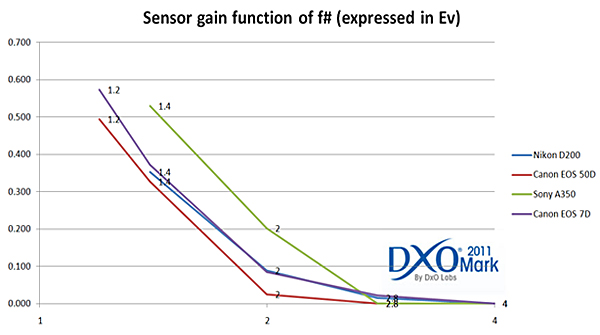 Quote:
Quote: Does such a lens exist?
In lens design as in anything else... until you build it, you don't know how good it's going to be. With all this stuff about the advantages of full frame... I'm betting my DA*60-250 is lighter and smaller than it would have to be if it was a full frame lens. Not to mention all the times when you would have to crop your image with a full frame when you can frame to taste in a crop sensor. My lens with a 1.7 teleconverter gives me the equivalent of a 600 mm FF camera. What do I have do to get a 600 mm 6.7 FF lens... I have to carry a ton of extra glass. The simple fact is a lot of the time you will have added a lot of extra weight for no real advantage, and for a very real disadvantage. The whole argument for FF is that for some reason, you need the extra surface area. Meanwhile simple logic would dictate that a 50 mm image on an FF camera is exactly the same as the full frame image.. there is just less of it. It seems to me people have taken a lot of time and effort to try and prove there is some kind of difference... but apart from the less of it thing, I'm not seeing it. Meanwhile, there's been some horrible images posted on the "look" and the first thing that comes to mind is "dude, did anyone ever tell you net to have the foreground out of focus, it's distracting and annoying. If the look is real bad photography, please. Sure, it's great when it works.
So let be benevolent and assume that by going to an equivalent lens at 35mm on a cropped sensor the image we be different. And the point I would make they would be, different, not necessarily better.
I see all these people crying for FF, and I sit here and think why? All the things I read make me go "huh", because they might be true... but they also might not be true. I don't see how you can approach these issues from a theoretical perspective. Do you really think you'd be a better photographer shooting FF over a crop sensor? Ask me where my Mamiya 645 is. Weight, expense of lenses and the lack of choice in terms of the lenses available did it in.


 Similar Threads
Similar Threads 






 )
)





 Post #35 by jsherman999
Post #35 by jsherman999








